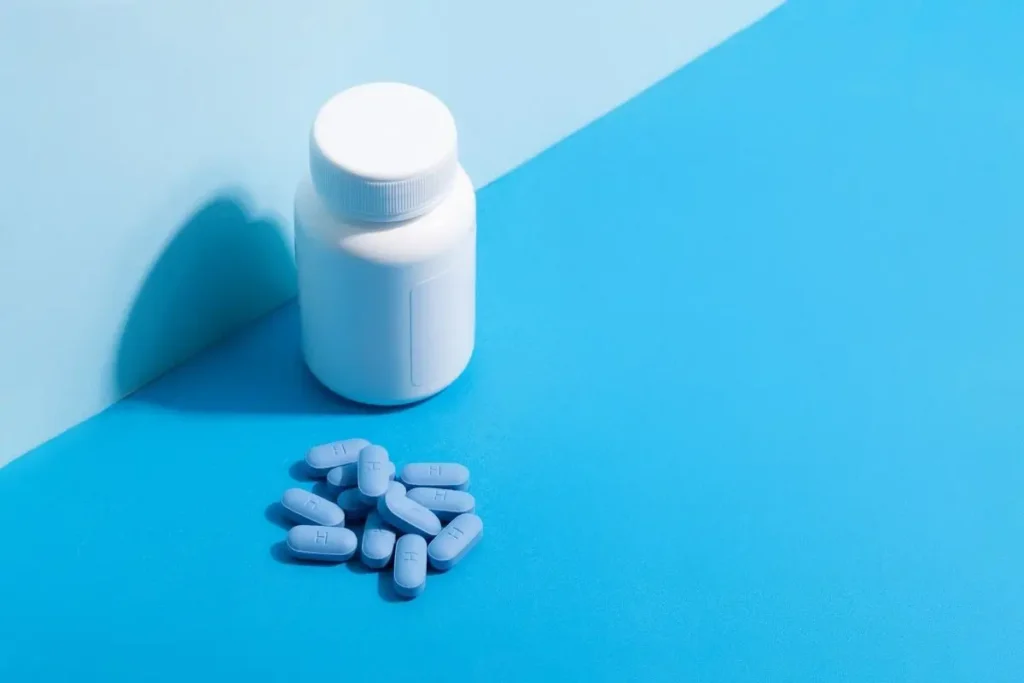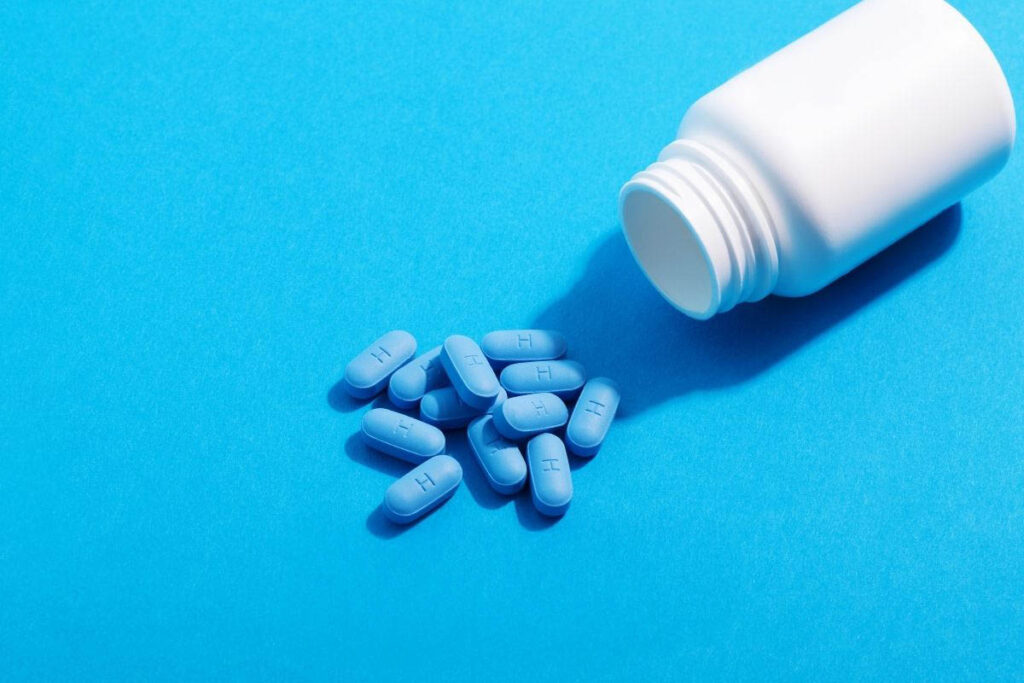PrEP (pre-exposure prophylaxis) is medicine (pills or shots) that reduces your chance of getting HIV.
PrEP is for adults and adolescents without HIV who may be exposed to HIV through sex or injection drug use.
PrEP may be an option to help protect pregnant people and their babies from getting HIV while trying to get pregnant, during pregnancy, or while breastfeeding. Talk to your health care provide.
PrEP reduces the chance of getting HIV but doesn’t prevent other STIs or pregnancy. Condoms can help prevent certain other STIs and pregnancy
PrEP is safe to take. Some people experience side effects like diarrhea, nausea, headache, fatigue, and stomach pain. These side effects usually go away over time. However, you should talk to your health care provider about any side effects that are severe or do not go away.
There are no known interactions between PrEP and hormone-based birth control methods, e.g., the pill, patch, ring, shot, implant, or IUD. It is safe to use both at the same time.
There are no known drug conflicts between PrEP and hormone therapy. It is safe to use both at the same time.

PrEP greatly reduces your chance of getting HIV from sex or injection drug use.
PrEP can help protect you if you don’t have HIV and any of the following apply to you:
You have had anal or vaginal sex in the past 6 months and you
You inject drugs and you
You have been prescribed PEP (post-exposure prophylaxis) and you
You may choose to take PrEP, even if the behaviors listed above don’t apply to you.

Before starting PrEP, you must take an HIV test to make sure you don’t have HIV.
While taking PrEP, you’ll have to visit your health care provider routinely as recommendedfor
Ask your health care provider about getting tested for HIV and telehealth services for follow-up visits. If you are receiving PrEP shots, you’ll need to visit your health care provider for your shot.
You must take PrEP as prescribed for it to work. If you do not take PrEP as prescribed, there may not be enough medicine in your bloodstream to block the virus. The right amount of medicine in your bloodstream can stop HIV from taking hold and spreading in your body.
There are several reasons why people stop taking PrEP. Talk to your health care provider if you’re thinking about stopping PrEP. They’ll discuss how to stop PrEP safely and suggest other HIV prevention methods that may work better for you.
WhatsApp us